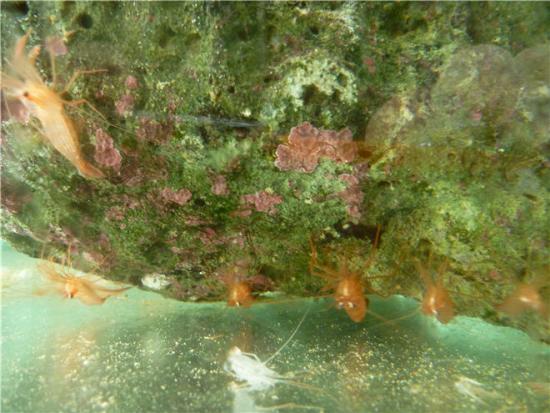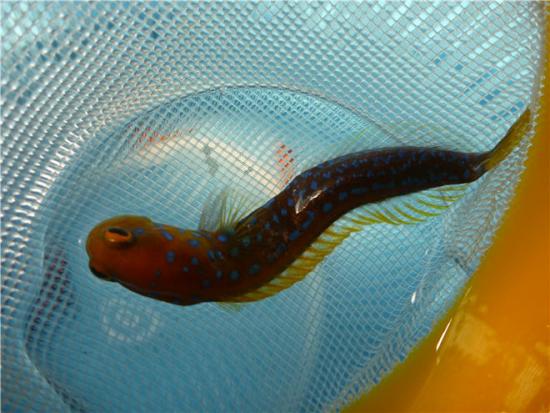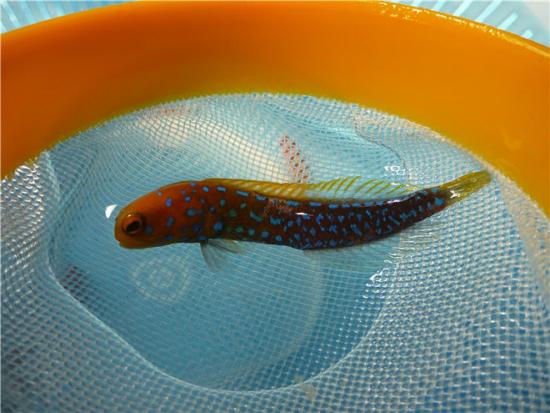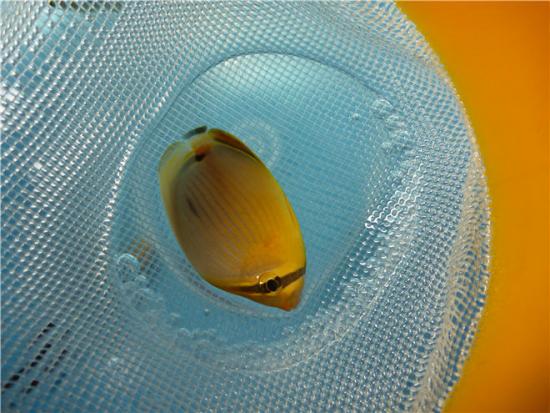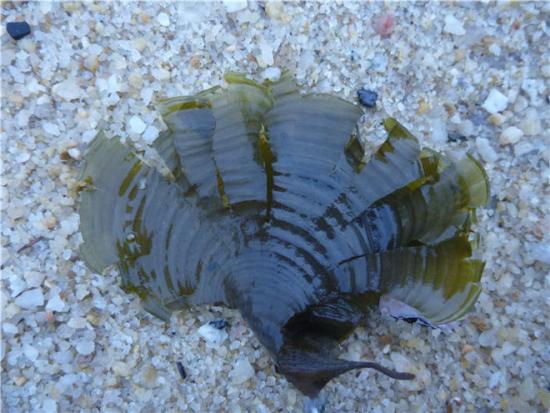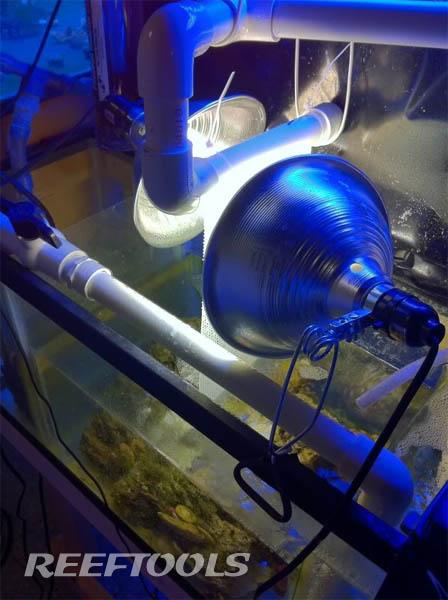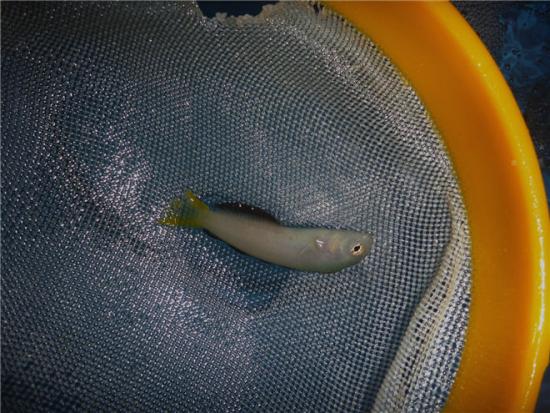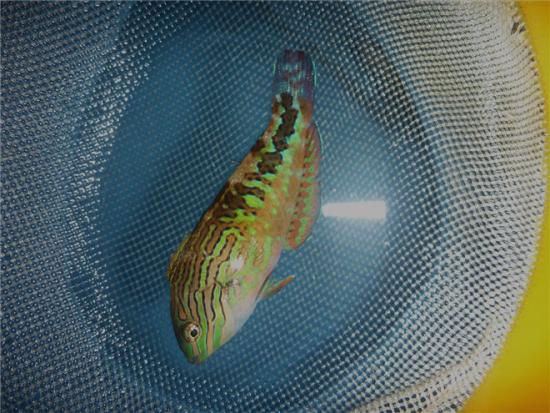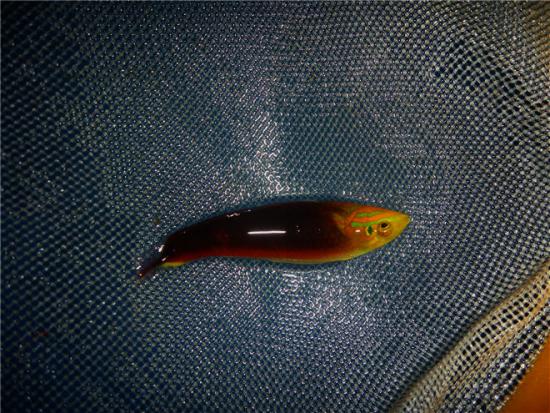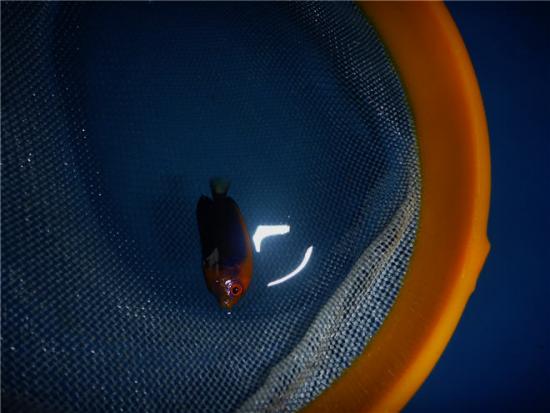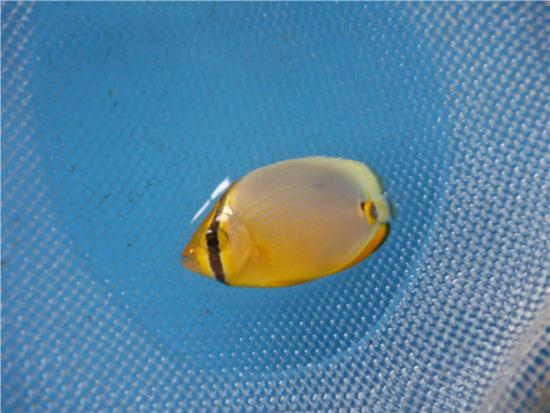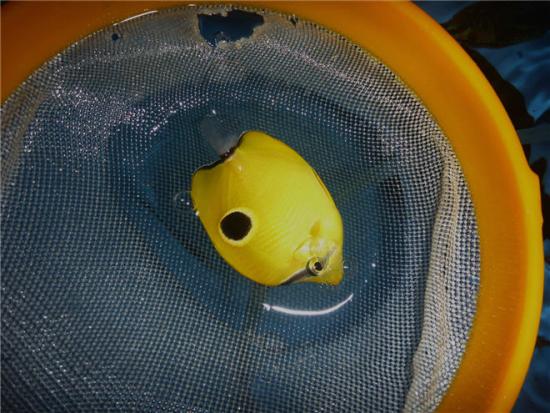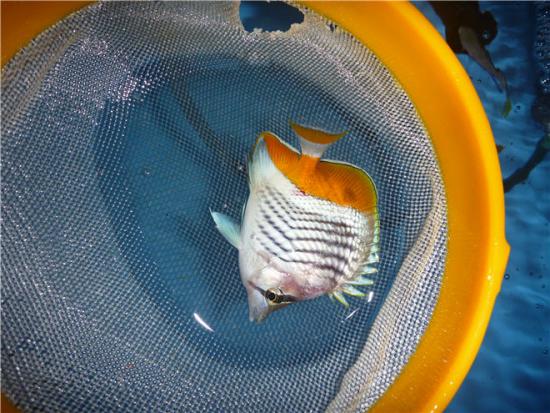-
Posts
11,637 -
Joined
-
Days Won
40
Content Type
Profiles
Forums
Gallery
Everything posted by CFOh
-
Is this skin Palythoa sp? Common in yr LFS? Mind to share how much normally selling? can't find it in yr new scape...Anyway, Nice one..
-

surprise at East Coast Park Bedok Jetty
CFOh replied to CFOh's topic in New to the Marine Aquaria Hobby
-

surprise at East Coast Park Bedok Jetty
CFOh replied to CFOh's topic in New to the Marine Aquaria Hobby
-

surprise at East Coast Park Bedok Jetty
CFOh replied to CFOh's topic in New to the Marine Aquaria Hobby
-
incredible blue teardrop maxima clam (reef builders)
-

Mega Powerful Nitrate and Phosphate Remover - DIY!
CFOh replied to SantaMonica's topic in General Reefkeeping_
Below ATS write up from Reef tools and some of Santamonica works on May 12th, 2011. Taking it Old School, Scrubber Style What do you think when you hear “Algae Scrubber”? If you would have asked me a about 6 months ago I would have said some antiquated way people used to filter their tanks that turned their tanks piss yellow. One day after I was reading around I stumbled across Algaescrubber.net, I started reading and reading, and thought hey this is a viable way to filter a tank as well as help remove unwanted nuisance algaes. Before I get into the new way of scrubbing, let’s take a look at how they used to do it in the past. Before, these screens of roughed up plastic, were set over a large flat area, which has water run over it, filling up and eventually emptying out, all while being bombarded with light. For all who are a little unsure of the process, below is a video about how they work (although a bit old). If you want to be lazy and not watch the entire video, fast forward to 4:25 and watch a bit. Ok so now you must be asking yourself, how can I do something like this on my tank? I don’t want some huge system dumping water in my tank all the time. Other systems include hanging a huge screen above your tank where it drains eventually into your tank (causing a gazillion bubbles to go into the tank, not gonna work for my tank any way). Most of us in the reefing world have sumps, and here is where I implemented my scrubber. A simple pump on the bottom, pumping water up and through PVC pipe, which eventually drains out of a slotted piece of PVC, and down the screen which is lighted on both sides, into the sump. This is just one of many ways to get a scrubber attached to your system. My first scrubber: Another scrubber style which is taking popularity lately is the scrubber box. This is a small acrylic box which has lighting on both sides, similar to the screen in the photo above, but contained to keep it cleaner and more efficient. It also promotes 3D growth in the sense that water accumulates just enough to get hair algae growing on the screen and provide great nutrient export as well as oxygenate the water (just as a side note, algae growing on the screen won’t make its way to your display tank). Here is what a matured scrubber box looks like: If you are thinking of setting on up, it isn’t as simple as grabbing a plastic screen and putting a light over it with some water. There are many factors. The size of screen one needs, would obviously depend on the size of tank. Ultimately a wider screen, is more efficient than a tall screen 1 square inch of screen per gallon of your DT. Lighting needs to be adequate enough to out compete the algaes in your DT (if you have any). Doesn’t need to be stronger, just the right spectrum aka 3000k ish bulbs. Finally the right amount of flow, 35gph per each inch of screen. If the numbers seem random, it is the formula that works best. -

H. angustus x H. erectus Hybrid Seahorse fry – first ever crossing
CFOh replied to CFOh's topic in General Reefkeeping_
-

H. angustus x H. erectus Hybrid Seahorse fry – first ever crossing
CFOh replied to CFOh's topic in General Reefkeeping_
-
-
H. angustus x H. erectus hybrid seahorse fry Normal H. erectus newborn Below articles from Reef tools... I’m very happy to report that over the last three days, my Hippocampus erectus seahorse named Kohala has given birth to about 26 healthy fry! His mate and the mother of his babies is a Hippocampus angustus named Marmalade. I acquired Marmalade about a year ago as a wild-caught seahorse from West Australia. She was accompanied by five other Aussie wild caught seahorses, as it was my plan to introduce two Aussie species into the captive-bred seahorse market in the U.S. Unfortunately, the divers caught same-sex pairs of three different species. Marmalade is now the only survivor of the Aussies I had imported. She is a jewel of a seahorse, beautiful, friendly, and healthy. I decided to pair her with Kohala, a stunning yellow male H. erectus that I raised from birth. As far as I know, this is the first time these two species have been hybridized. Honestly, I wasn’t sure if it was even possible, since they are so different. H. erectus is from North America, H. angustus is from the complete opposite side of the world in West Australia. The two species are separated by millions of years of evolution. This is why seahorse taxonomy is so messy. Seahorses laugh in the face of taxonomists, lumpers and splitters alike! I know hybridization can be a hot-button topic. In general, I don’t agree with creating hybrids. Take hybrid cichlids for example. Two different species with different inherent behaviors and traits crossed together can make some very confused and often deformed hybrids. Releasing invasive hybrids into the wild can wreak havoc on local ecology. Things seem to be a little different in the marine breeding hobby, though. People who own hybrid marine species may be slightly less likely to dump them into their local waterways when they grow too large for their tanks. I don’t look forward to marine fish hybridization becoming as commonplace as it is in the freshwater hobby, but I’ve seen some really cool hybrid clownfish like Sanjay’s Black Photon Clownfish. This post has been promoted to an article
-
acropora elegantula
-
-
Below articles from bettabits.com & PracticalFishkeeping Issue 4 April 2011 Is this the most expensive aquarium in the world? Personally I think this probably is the most expensive aquarium in the world, with solid 24ct gold, mammoth tusk and T-rex bones, add this to aqua-vista's already hefty price tag with set it and forget it features and automation and you have yourself the most expensive aquarium in the world for its size. The AquaVista Dinosaur Gold edition aquarium features 68kg of solid 24ct gold, two side veneers made from mammoth tusk, with a piece of T-Rex bone diagonally shaved into the tusk. It's the only aquarium with a 65 million year history. AquaVista UK had asked Stuart Hughes to design them something unique – and they certainly got it! While Stuart Hughes apparently knew exactly what they wanted to do immediately, the project took four months to complete. This panoramic wall aquarium features a dual filtration system, heater, air pump, lighting, CO2 generator, and automatic feeder that is controlled by an easy to use programmable 24ct gold touch-screen control to simplify all functions. AquaVista will install the aquarium for you, and they say from there it's less than 15 minutes a month maintenance.
-
Another videos on Robotic knifefish:
-
Below articles from pcworld.com & Practical Fishkeeping Issue 4 April 2011 Robotic Knifefish Swims Vertically, Makes Terrible Sushi Researchers at Northwestern University (including a robotics expert who consulted for Tron: Legacy) have developed a robotic knifefish, inspired by the actual fish that swims in the Amazon. The team of professors and grad students had only seen the living black ghost knifefish (how’s that for a name?) swimming horizontally, until one day they witnessed the fish swimming vertically, and were thus inspired to find out how this fish could move upwards in its tank. By creating two “inward counterpropagating waves” along its fin, the fish creates a downward jet of fluid, which pushes the fish vertically. To visualize the flow created by this downward jet (which, according to the researchers, “looks like a mushroom cloud with an inverted jet”), the researchers shone a laser sheet into the water in order to track individual particles. After observing the actual fish in action, the Northwestern Team and Kinea Design developed a robotic fish with 32 motors that control an an artificial fin made out of Lycra. To the researchers’ amazement, the robotic knifefish worked on the first try, swimming upward in a tank at Harvard University. To see more of this robotic knifefish in action, check out the video:


